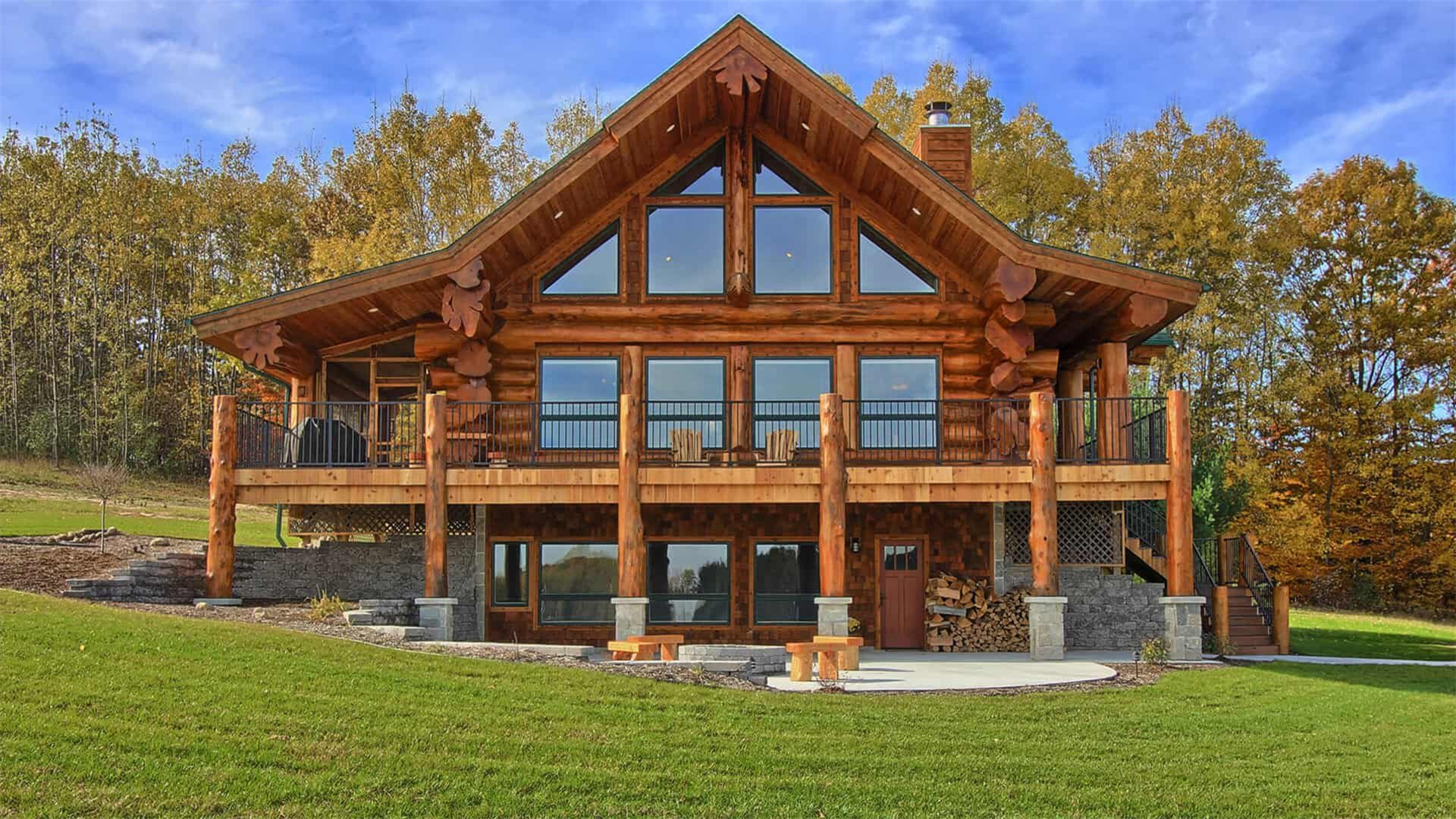Monster Hunter: World – The Subtleties of Weapon Craftsmanship and Player Proficiency
Monster Hunter: World (MHW), launched by Capcom in January 2018, transformed the action RPG landscape with its vast open worlds, sophisticated monster behaviors, and an elaborate crafting system centered around weaponry and armor. One of the most pivotal aspects within MHW is the complexity of weapon design and how it impacts player proficiency, engagement, and the overall gaming experience. This article delves into the intricacies of weapon mechanics in Monster Hunter: World, exploring how each weapon class presents unique styles and challenges, and how these mechanics contribute to the broader themes of skill, strategy, and community within the game.
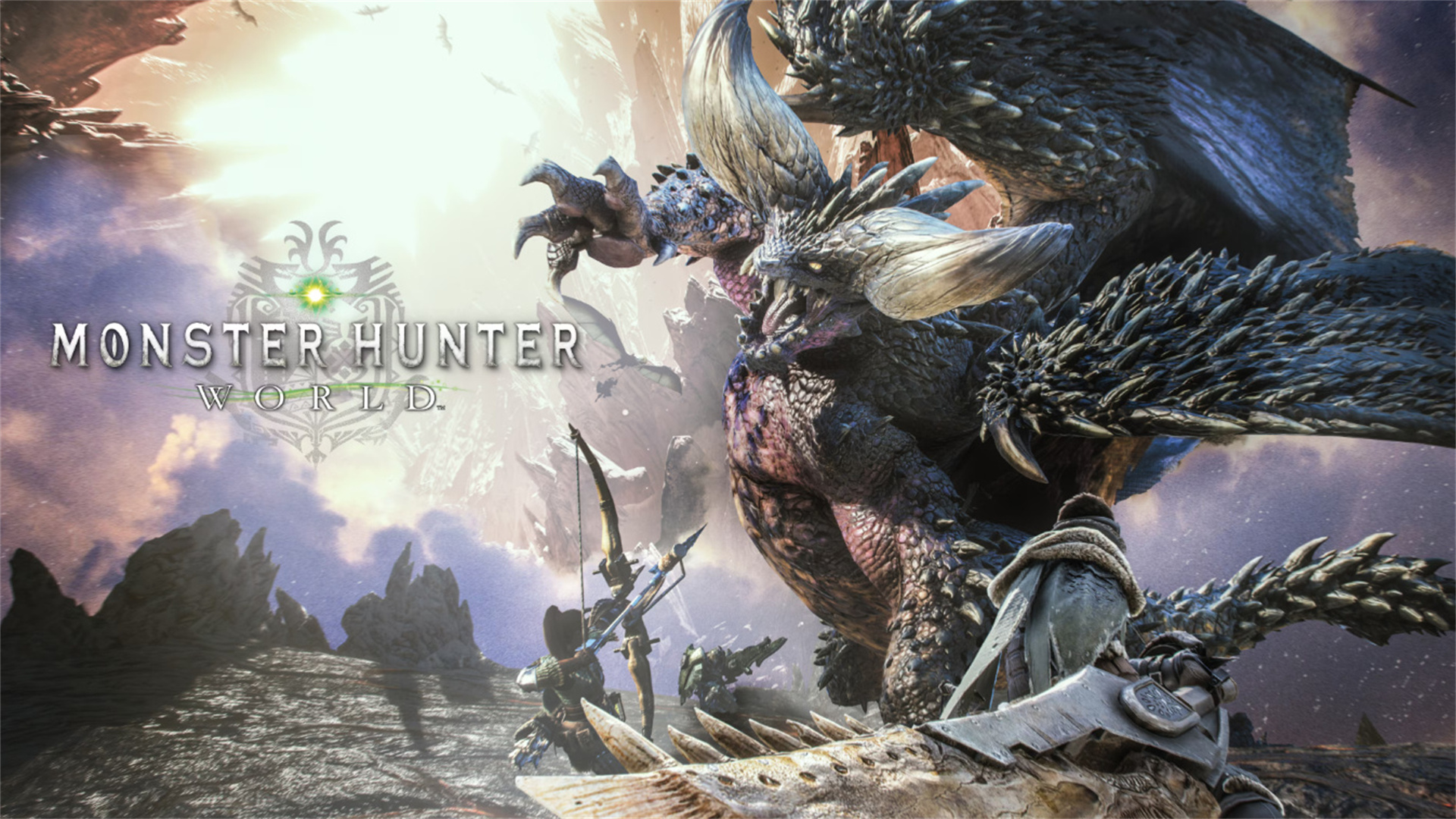
The Basics of Weapon Mechanics
Grasping Weapon Categories
Monster Hunter: World boasts a wide variety of weapon categories, each with its distinct mechanics, playstyles, and strategic uses. There are 14 weapon types, spanning from the rapid Dual Blades to the powerful Great Sword, and each weapon category offers specific advantages and challenges. These categories are mainly divided into two groups: melee and ranged weapons.
Melee Weapons: This group includes the Sword and Shield, Long Sword, Great Sword, Hammer, Hunting Horn, Lance, Gunlance, Switch Axe, and Charge Blade. Each melee weapon varies in speed, reach, and combo potential, enabling players to select a style that matches their preferences and combat approach.
Ranged Weapons: This category encompasses the Bow and the two types of Guns: the Light Bowgun and Heavy Bowgun. Ranged weapons focus on projectile attacks, elemental effects, and positioning.
The design of these weapon categories is essential for creating a diverse gaming experience, as players can pick a weapon that aligns with their skills and playstyle.
The Inner Workings of Each Weapon
Every weapon in Monster Hunter: World is crafted with intricate mechanics that determine how players interact with monsters. For example, the Great Sword emphasizes timing and positioning, rewarding players who can successfully charge their attacks for maximum damage. In contrast, the Dual Blades encourage fast-paced, aggressive play, allowing players to unleash rapid combos and evade attacks.
This diversity in mechanics motivates players to experiment with different weapons, fostering a sense of proficiency as they learn the nuances of each category. Players often invest significant time in mastering a single weapon, leading to a deeper appreciation of the game’s combat system.
The Journey to Mastery
The Road to Expertise
Becoming proficient with a weapon in Monster Hunter: World demands dedication and practice. Each weapon category has its own learning curve, with players needing to grasp not only the mechanics but also the situational awareness required during hunts. Players must learn when to attack, when to evade, and how to effectively utilize their weapon's unique abilities.
For instance, mastering the Charge Blade involves understanding how to build up energy, execute charge attacks, and manage sword and shield transitions. This complexity can be overwhelming for new players, but it also offers a rewarding sense of achievement as they improve over time.
Training and Guidance
To facilitate this learning process, Monster Hunter: World includes various training modes and tutorials. The Training Area allows players to practice their weapon skills without the pressure of a hunt. Here, players can familiarize themselves with weapon combos, learn about elemental weaknesses, and test their skills against training dummies.
These training modes are crucial for players who want to become proficient with their chosen weapon. They provide a safe environment for experimentation and skill development, enabling players to refine their techniques before entering actual hunts.
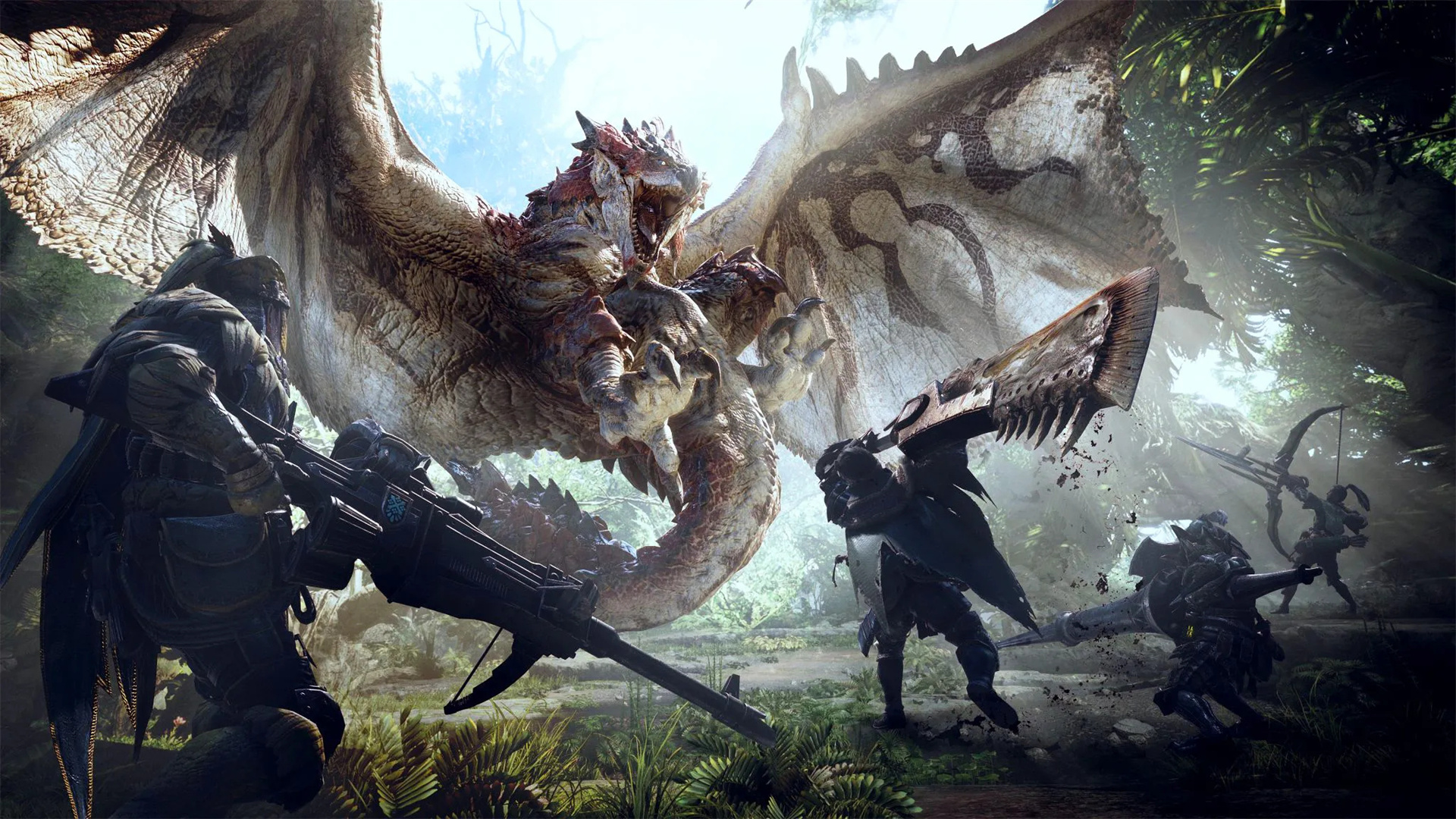
The Significance of Weapon Customization
Crafting and Enhancing Weapons
Weapon customization is a critical aspect of Monster Hunter: World. Players can craft and enhance weapons using materials obtained from defeated monsters. Each weapon has its unique upgrade path, encouraging players to hunt specific monsters to gather the necessary materials.
The crafting system allows players to tailor their weapons to suit their playstyle. For example, a player focused on dealing elemental damage may choose to upgrade their weapon with materials that enhance elemental properties. This customization adds depth to the gameplay experience, as players can create weapons that align with their strategic preferences.
The Impact of Affinity and Elemental Properties
Weapons in Monster Hunter: World can also possess different affinities and elemental properties. Affinity determines the likelihood of landing critical hits, while elemental properties can exploit a monster's weaknesses. Understanding these mechanics is crucial for players aiming to maximize their damage output.
The choice of weapon and its customization can significantly influence a player's effectiveness during hunts. For instance, selecting a weapon with high affinity against a monster weak to a specific element can change the course of the battle. This strategic layer adds complexity to the game's combat system, encouraging players to think critically about their choices.
The Community and Weapon Proficiency
Sharing Knowledge and Tactics
The Monster Hunter community plays a significant role in the learning process for weapon proficiency. Players often share their experiences, strategies, and tips through forums, social media, and YouTube channels. This collaborative spirit fosters a sense of camaraderie among players, as they support each other in mastering their weapons.
Content creators frequently produce guides and tutorials focused on specific weapons, detailing combos, strategies, and optimal builds. These resources provide valuable insights for players looking to enhance their skills and deepen their understanding of the game mechanics.
The Influence of Professional Gamers
The competitive scene in Monster Hunter: World has also contributed to the community's understanding of weapon proficiency. Professional players and speedrunners demonstrate their skills through tournaments and livestreams, showcasing advanced techniques and strategies that inspire casual players.
The visibility of these players highlights the potential of each weapon and encourages the community to explore different playstyles. As players witness the capabilities of professional players, they may feel motivated to experiment with new weapons and strategies, fostering a culture of innovation.
The Emotional Bond with Weapons
The Sense of Achievement
One of the most significant aspects of weapon proficiency in Monster Hunter: World is the emotional connection players develop with their chosen weapons. As players invest time and effort into mastering a weapon, they experience a profound sense of achievement when they succeed in hunts or defeat challenging monsters.
This emotional connection is reinforced by the game's rewarding feedback systems. Players receive tangible rewards for their efforts, such as new weapon designs, powerful upgrades, and unique crafting materials. These rewards serve as a testament to the player's hard work and dedication, further enhancing their bond with their weapon.
The Story Behind Weapons
Each weapon in Monster Hunter: World has its own narrative, often tied to the monsters that players hunt. For instance, a weapon crafted from the materials of a Nergigante tells the story of the fierce battles fought against this formidable creature. This narrative layer adds depth to the gameplay experience, as players feel a connection to the lore behind their weapons.
The ability to craft weapons from the remains of defeated monsters creates a sense of ownership and pride. Players are not just wielding a tool; they are carrying the legacy of their battles and triumphs. This narrative connection enhances the emotional engagement players experience throughout their journey.
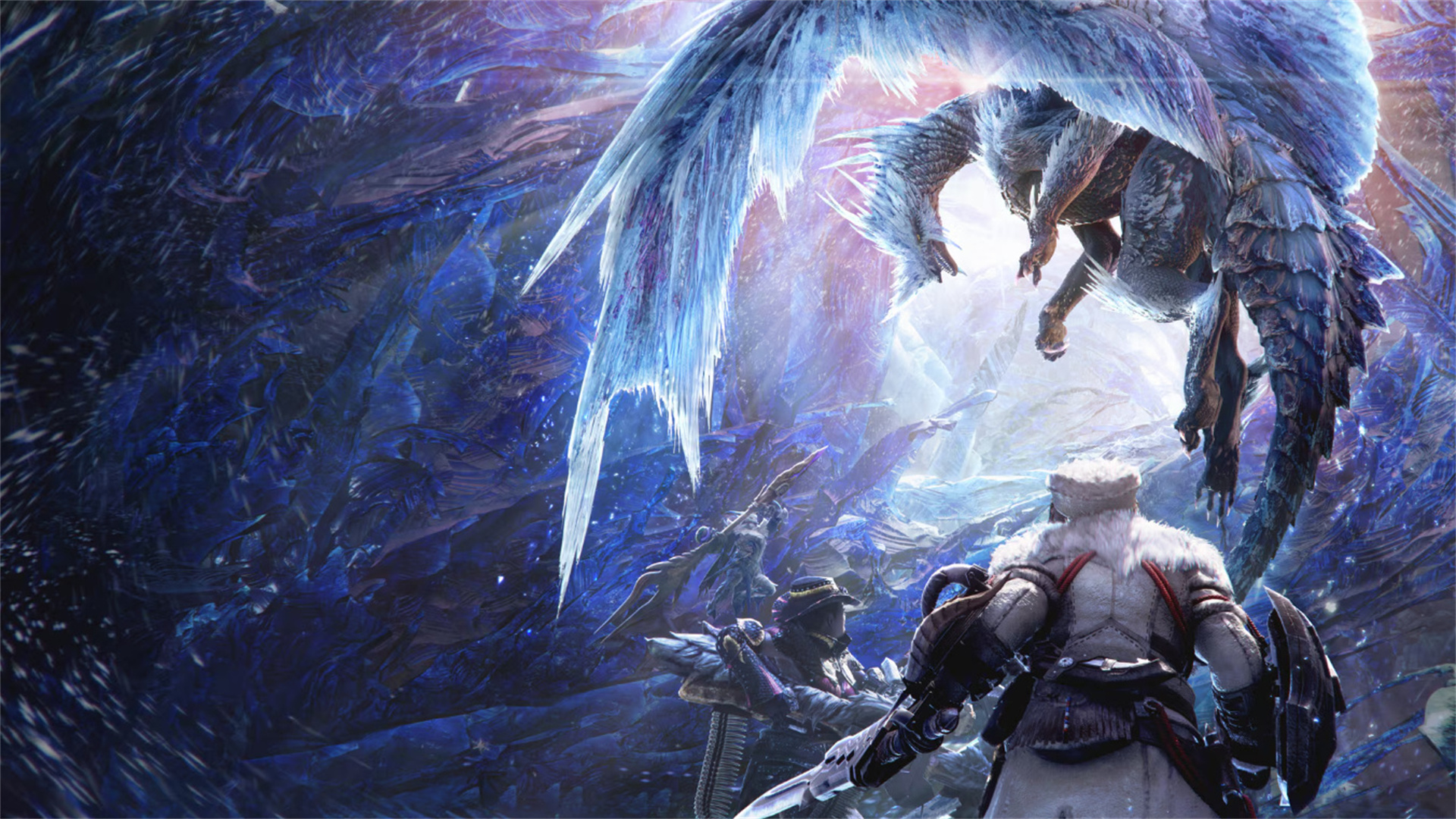
The Challenges of Weapon Balancing
The Struggle for Equilibrium
As the roster of weapons in Monster Hunter: World expands, the challenge of balancing them becomes increasingly complex. Developers must ensure that no single weapon becomes too dominant, as this can lead to a lack of diversity in gameplay and hinder player engagement.
Balance changes often address issues related to weapon performance, ensuring that each weapon remains viable and enjoyable to use. For instance, if a particular weapon type consistently outperforms others in terms of damage or utility, developers may adjust its mechanics to restore equilibrium within the game.
The Role of Player Input
Player input is crucial in the balance process. The developers actively monitor the community's reactions to balance changes, analyzing data from millions of hunts to inform their decisions. This dialogue between developers and players fosters a sense of collaboration, ensuring that the game remains responsive to the needs of the community.
By engaging with players and considering their feedback, the development team can create a more balanced and enjoyable experience. This ongoing commitment to balance is essential for maintaining the competitive integrity of Monster Hunter: World.
The Future of Weapon Design and Proficiency
Anticipating New Weapons and Mechanics
As Monster Hunter: World continues to thrive, players can anticipate the introduction of new weapons and mechanics that will shape the future of gameplay. The ongoing commitment to innovation ensures that players remain engaged and excited about new content.
Future updates may explore new weapon types, allowing players to experiment with different playstyles and strategies. The introduction of new mechanics, such as unique elemental effects or hybrid weapons, could further enrich the gameplay experience and foster creativity among players.
Community-Driven Progression
The future of weapon design and proficiency will depend heavily on community engagement. Players' feedback and involvement will be essential for shaping the direction of updates and new content. The developers have demonstrated a willingness to listen to player input, and this collaborative spirit will remain crucial for ensuring that the game evolves in a way that resonates with the player base.
Encouraging players to share their thoughts and experiences will foster a strong relationship between the developers and the community. By prioritizing player involvement, the development team can create experiences that resonate deeply with the player base and enhance the overall enjoyment of the game.
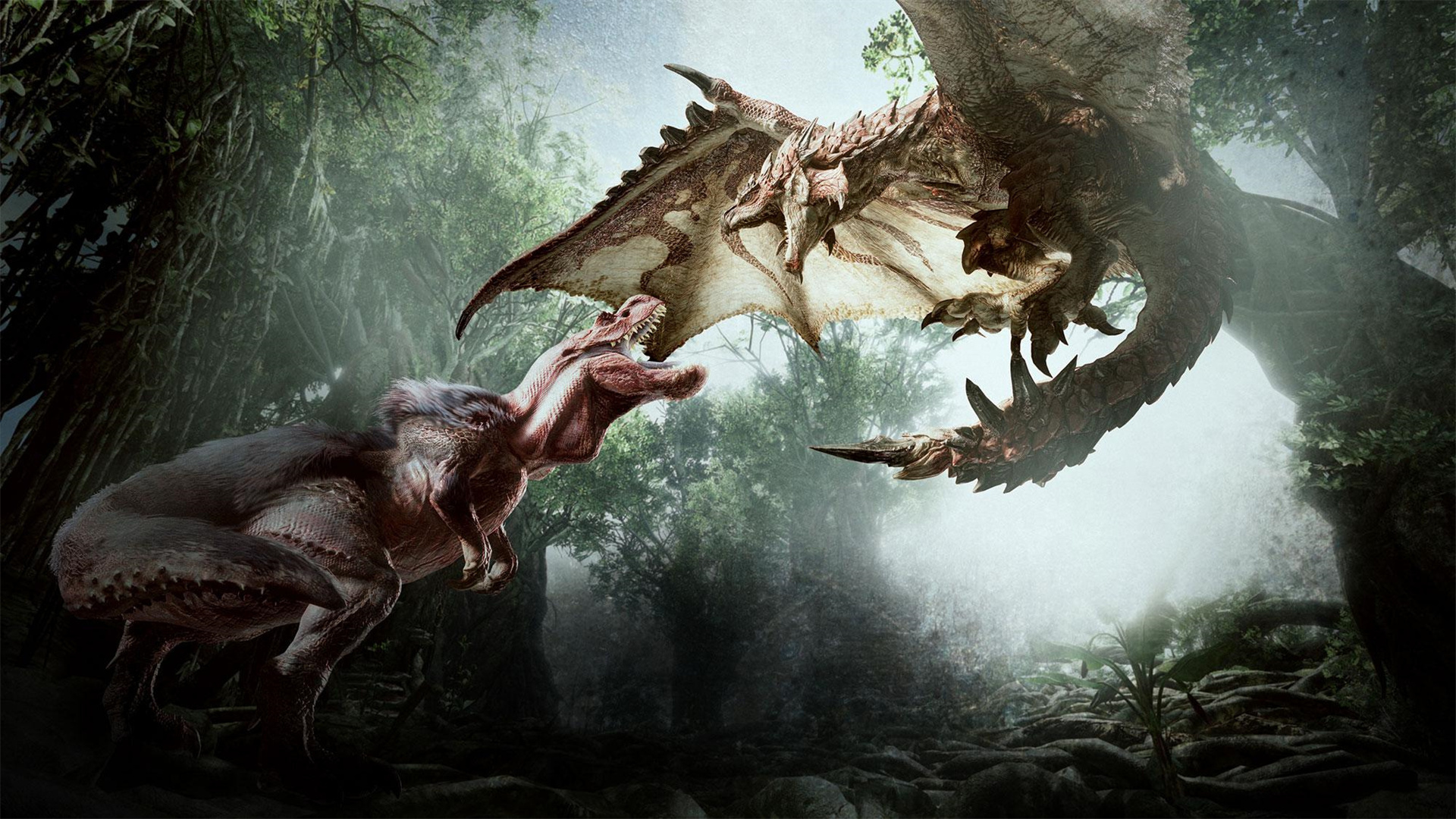
The Legacy of Monster Hunter: World
Setting a New Benchmark for Action RPGs
Monster Hunter: World has set a high benchmark for action RPGs, demonstrating the potential for engaging gameplay, deep mechanics, and rich narrative experiences. The game's commitment to player agency, community engagement, and proficiency has resonated with players and influenced the design of future titles in the genre.
As other developers observe the success of Monster Hunter: World, they may seek to incorporate similar elements into their games, emphasizing the importance of player-driven experiences and meaningful progression.
Fostering a Sense of Belonging
The impact of Monster Hunter: World extends beyond its gameplay; it has fostered a sense of belonging among players. As individuals come together to share their experiences, strategies, and stories, they build connections that transcend the digital realm.
This sense of belonging is crucial in an increasingly connected world, where players seek camaraderie and shared experiences. Monster Hunter: World has created a space where players can celebrate their love for the game and connect with others who share their passion.
Conclusion
The subtleties of weapon design and proficiency in Monster Hunter: World have crafted a rich and immersive experience for players. The game masterfully balances exploration, character interactions, and emotional themes, fostering a deep connection between players and the world of hunting.

